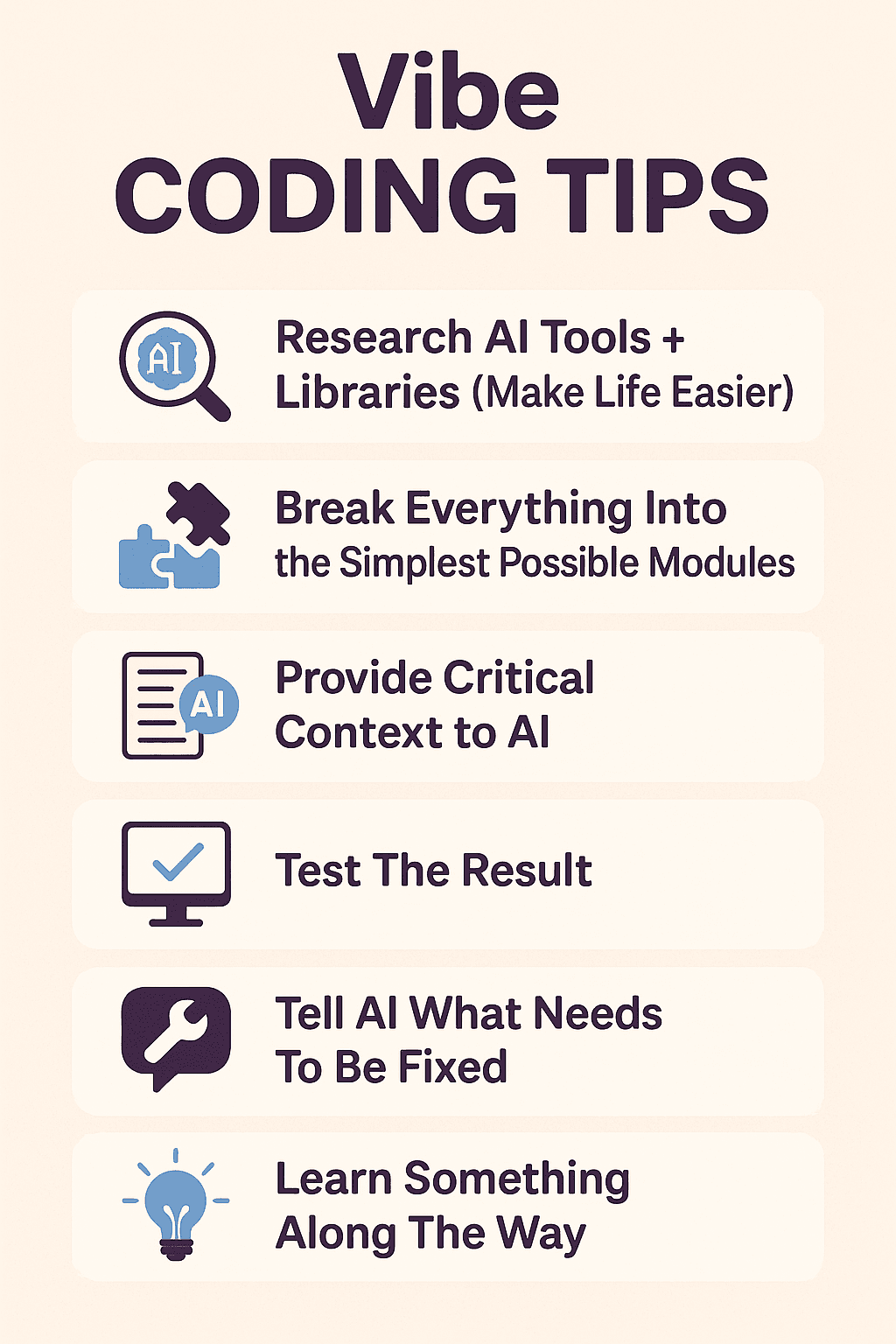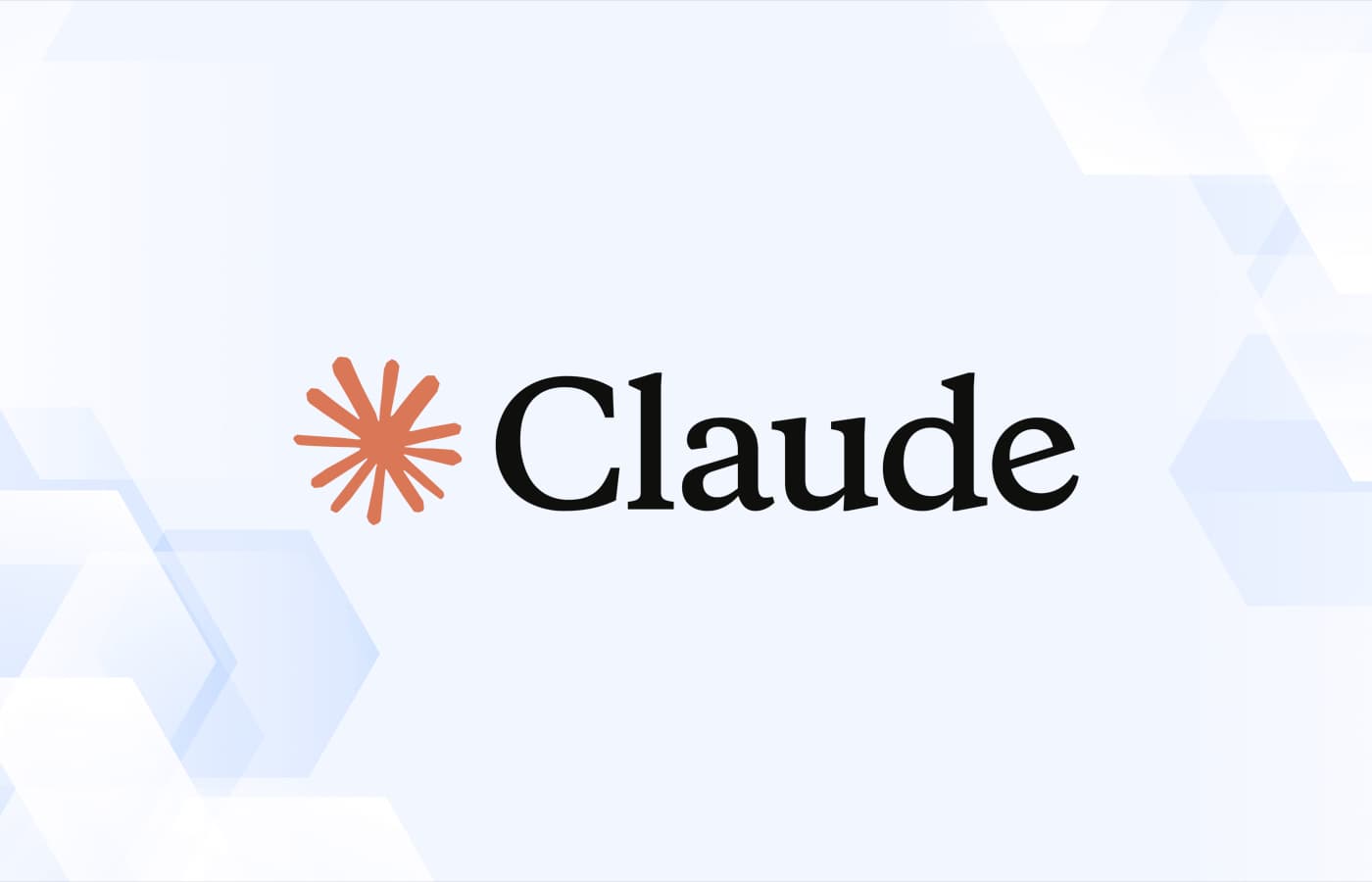How I'm Building an AI Drum Enhancement Algorithm (With Zero ML Experience)
Follow my journey building a machine learning tool to upscale AI-isolated drums using Claude, VS Code, and a whole lot of trial and error.

The Problem With AI-Isolated Drums
I'll be the first to admit it: I'm NOT a machine learning engineer. My background is in conversion optimization and marketing, with music production as a serious hobby. But sometimes the most interesting projects come from that perfect intersection of skills and curiosity. 🔍
The issue is simple but significant. AI music generators like Suno, Udio, and Riffusion rely on drum isolation algorithms to train their models and provide downloadable stems. But the drums they produce sound TERRIBLE to professional ears.
If you've ever tried to use AI-isolated drums in a professional setting, you've heard the artifacts - weird flanging effects, missing transients, mushy low end, and that distinct "underwater" quality. These problems make the drums unusable for serious production work.
Project Scope & Goals
My question was straightforward: Can someone with zero machine learning experience vibe code a model that improves AI-isolated drums? I'm documenting this journey not because I have all the answers, but because the process itself is fascinating.
The goal is to build a machine learning algorithm that can take low-quality, AI-isolated drum stems (like those from Demucs) and enhance them to match the quality of actual isolated drum tracks. Think of it as "drum upscaling" rather than isolation.
I'm not trying to extract drums from mixed tracks - that problem has already been tackled by tools like Demucs. Instead, I'm focusing on taking those existing AI isolations and making them sound professional enough for actual music production use.
Creating a Training Dataset
The first major hurdle was building a suitable dataset. To train the model properly, I needed thousands of examples that contained both:
- The "ground truth" - actual isolated drum tracks from multitrack recordings
- The "AI version" - the same drums processed through Demucs or similar AI isolation tools
Finding this data was an adventure in itself. I scoured publicly accessible links where producers had shared both master tracks and isolated drum stems. In many cases, I had to combine separate drum tracks (kick, snare, toms, cymbals) into a complete drum bus.
After weeks of data collection and cleaning, I've assembled a training dataset of approximately 4,000 songs. Each song contains the original master recording and the true drum isolation - not artificially stemmed, but actually soloed out in the DAW during mixing.

One clever trick I developed: using the Demucs algorithm itself to verify whether a track was truly a drum part. By analyzing volume peaks and comparing the outputs against other stem types, I could programmatically flag tracks as likely drum parts.
Tools I'm Using
For this project, I'm leaning heavily on AI assistance while learning machine learning concepts on the fly. My core toolkit includes:
1. Development Environment
- VS Code - My primary code editor
- Cline.bot - For small, controlled code modifications
- Vast.ai - For renting GPU power when training the full model
2. AI Assistance

Claude Sonnet has been my primary AI assistant. I've developed a specific workflow:
- Give Claude EXTENSIVE context about what I'm building
- Always challenge its first suggestions (they're rarely optimal)
- Use a custom script to gather all current code to feed back to Claude when improvements are needed
- Switch between normal and extended thinking modes depending on complexity
My approach is more experimental than academic. Instead of trying to understand every nuance of machine learning theory, I'm focused on practical outcomes - feeding Claude my requirements, evaluating the outputs, and iteratively improving.
Lessons in Machine Learning (So Far)
The biggest revelation is that existing libraries often weren't suitable for my specific needs. Most audio processing models are built for 16kHz mono audio, but professional drum tracks need full stereo and higher sample rates.
Rather than trying to adapt existing libraries, my approach evolved to feeding Claude detailed requirements and letting it help craft a more custom solution. This was my most critical learning: be SPECIFIC about what your model needs to accomplish.
My evaluation process is primarily auditory. Instead of obsessing over loss functions and metrics, I listen to the outputs and tell Claude what aspects need improvement. This domain expertise in audio production is proving more valuable than theoretical ML knowledge.
Pro Tip for AI-Assisted Development:
When using AI like Claude for development, always play Devil's Advocate with its first answers. Ask "Are you sure there's not a better alternative?" and do your own research. This simple habit has saved me countless development hours.
Audio Comparison: AI vs True Drums
To give you a sense of what I'm working with, here's a comparison between AI-isolated drums (using Demucs) and the true drum stems. Listen for the loss of punch, clarity, and stereo image in the AI version:
True Drum Stem:
Original isolated drum track from multitrack session
AI-Isolated Drums (Demucs):
The same drums extracted using Demucs AI isolation
Not bad. But sometimes Demucs struggles. My model aims to bridge this quality gap, transforming the second example to match the first as closely as possible.
Want More Automation Insights?
Subscribe to get more case studies and practical automation techniques delivered to your inbox.
We respect your privacy. Unsubscribe at any time.
Next Steps & Deployment Plans
Assuming I can get a working model that significantly improves drum quality, the next step will be creating a user-friendly frontend. Based on my research, I'm leaning toward using Bolt.new for this rather than starting from a complex boilerplate like ShipFast.
For deployment, I'll likely need to rent dedicated GPU hardware through vast.ai to handle the processing requirements. This will be another learning curve, as I've never set up or configured GPU instances for production use.
The biggest takeaway from this project so far: research your tools EXTENSIVELY before starting. I've wasted countless hours trying approaches that were ultimately dead ends. Having the right foundation makes all the difference.
Related Resources You Might Find Helpful:
- My Curated List of the Best AI Tools for 2025 - Including several I've used in this project
- How I Built a $100K Side Hustle With One Blog Post - My approach to turning technical expertise into business opportunities
This project is still very much a work in progress, and I'm learning as I go. If you're interested in AI audio processing or are working on similar projects, I'd love to connect. My experiences as a non-ML specialist diving into this field might provide some valuable perspective.